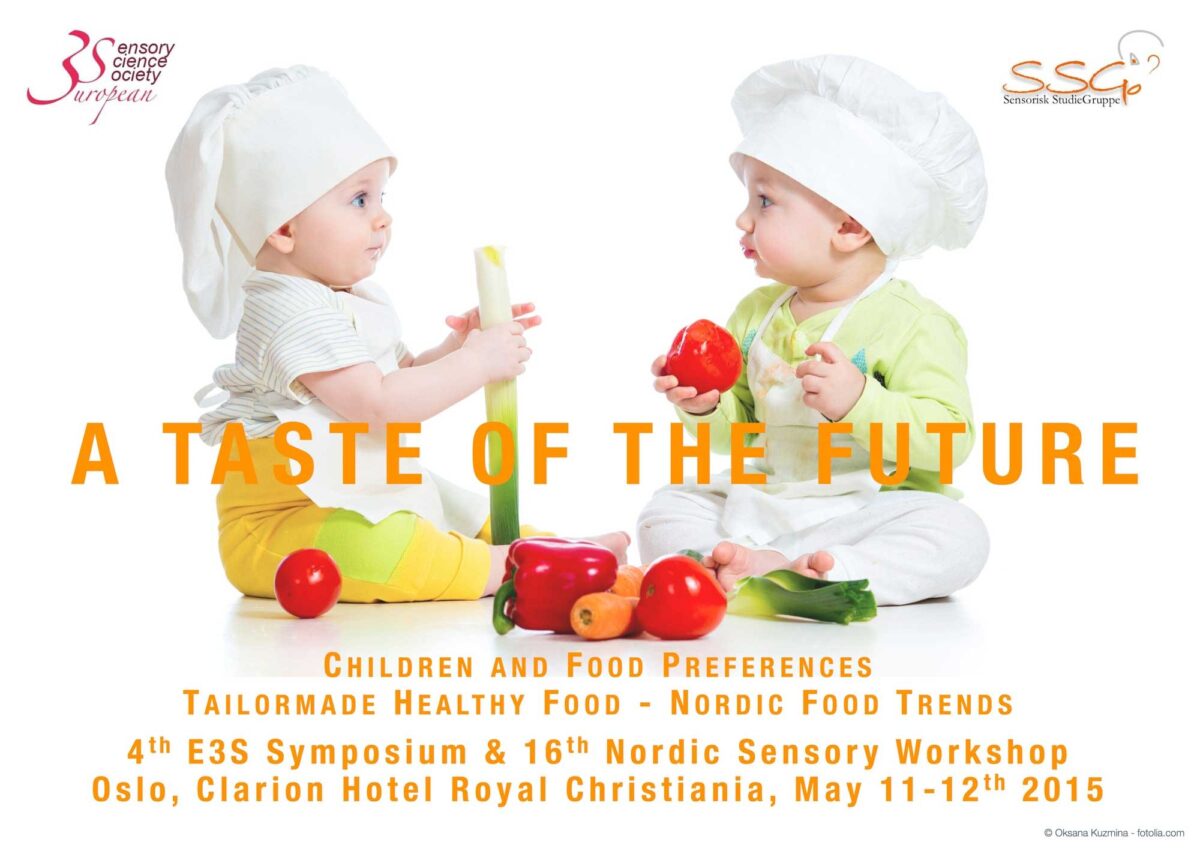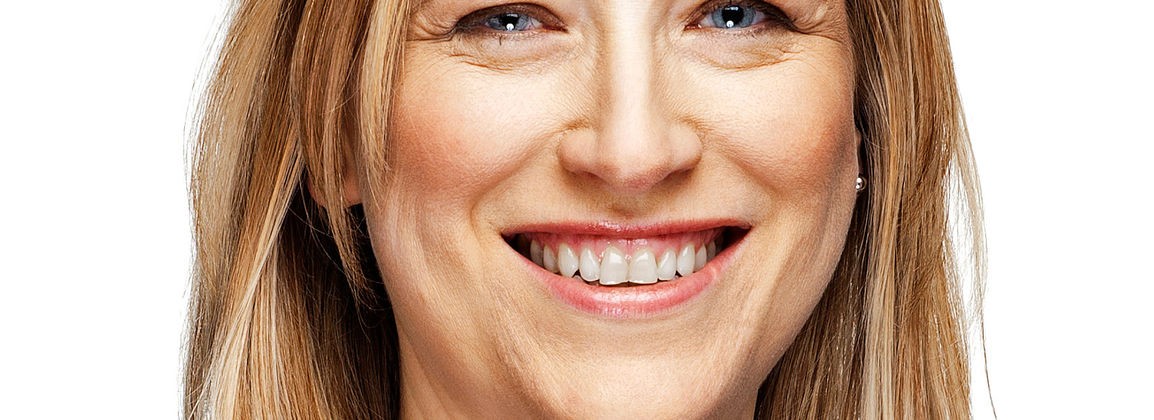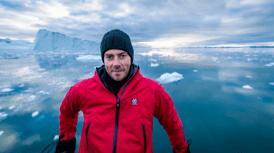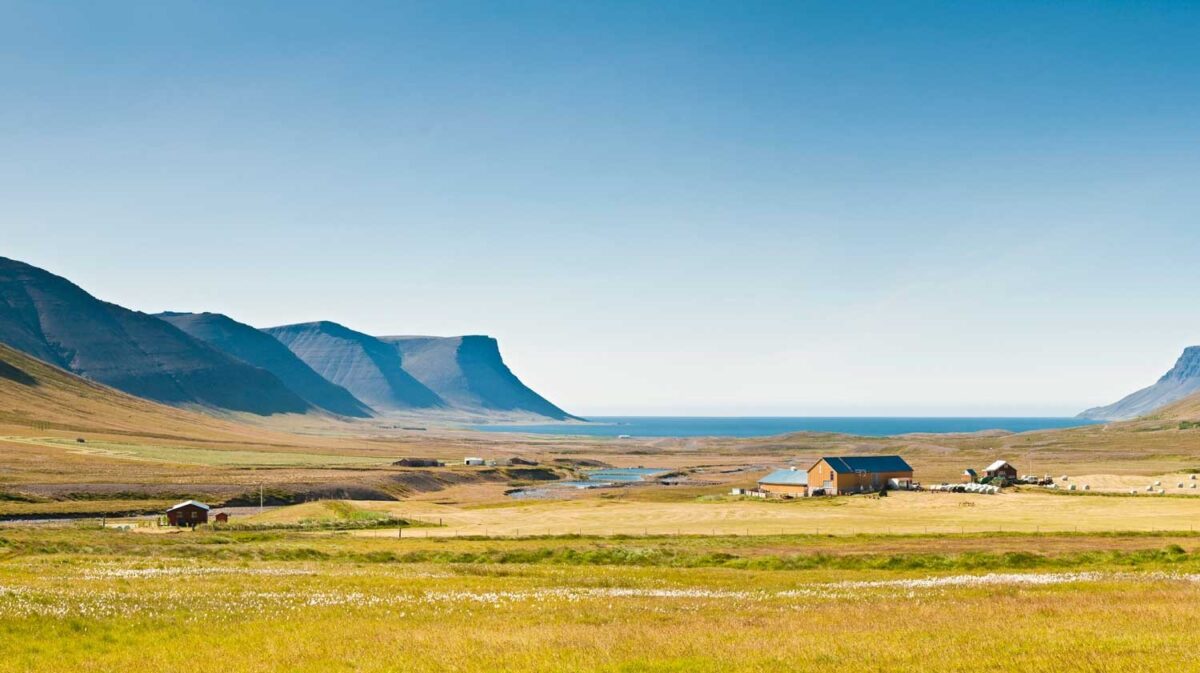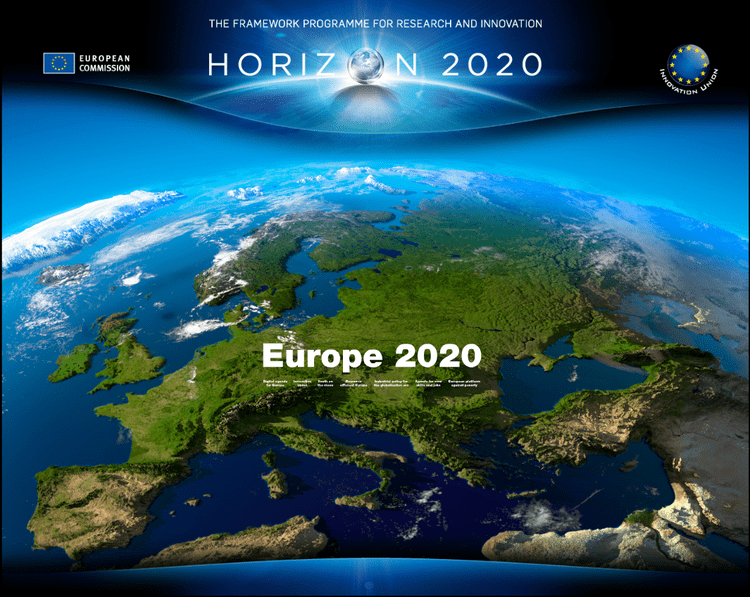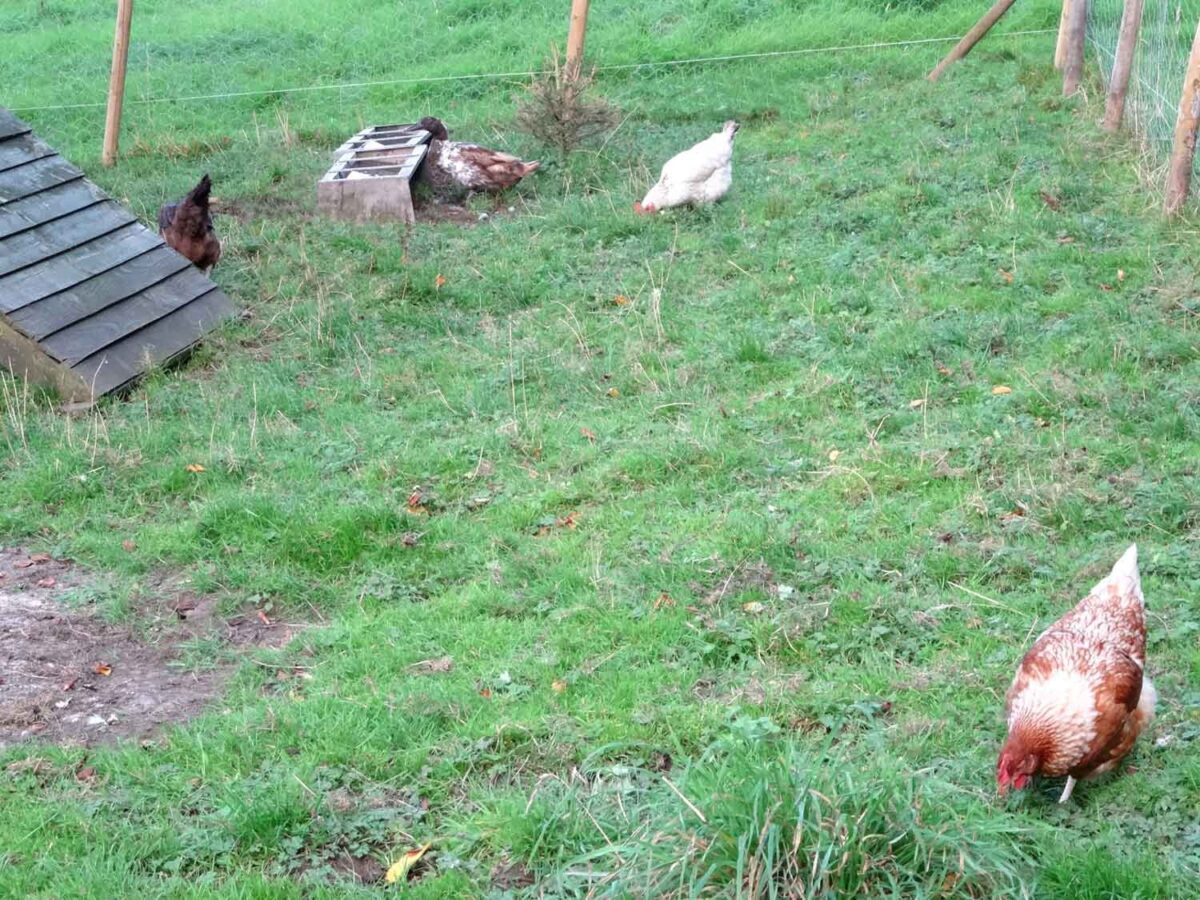An open presentation meeting is called where the NordBio program and its projects will be presented, but the Nordic Bioeconomy (NordBio) is a priority in the Icelandic Presidency of the Nordic Council of Ministers. NordBio's goal is to make the Nordic region a leader in sustainable production and use of living resources in order to reduce waste and promote innovation, a green economy and rural development.
The NordBio program brings together a broad group of Nordic experts who join forces and work on projects that promote the sustainable use of living natural resources. The plan covers three years (2014-2016).
When
Tuesday, March 3, at 13-16.
Where
The Nordic House, Sturlugata 5, 101 Reykjavík.
No entrance fee and everyone is welcome.
Agenda:
- Meeting minutes | Eygló Harðardóttir, Iceland's Minister for Co-operation in the Nordic Council of Ministers.
- The bioeconomy - the basis of sustainable development | Daði Már Kristófersson, Associate Professor of Natural Resource Economics at the University of Iceland.
- The NordBio program | Halldór Runólfsson, Chairman of the Icelandic Project Board of NordBio.
- WoodBio. The role of wood biomass in the Nordic bioeconomy | Ólafur Eggertsson, State Forestry.
- Innovation in the bioeconomy. Opportunities for product development and value creation | Sigrún Elsa Smáradóttir, Matís.
- Marina. Increased use of environmentally friendly energy at sea | Ágústa S. Loftsdóttir, National Energy Authority.
- Ermond. Reservation against natural disasters | Guðmundur Halldórsson, Landgræðsla ríkisins.
- Biophilia. Creativity as a teaching method Björk Óttarsdóttir, Ministry of Education and Culture.
- The Nordic Region's living resources: sustainability goals | Brynhildur Davíðsdóttir, University of Iceland.
- Organic waste for innovation | Guðrún Lilja Kristinsdóttir, Environment Agency.
- Opportunities related to the bioeconomy in selected regions | Sigríður Kristjánsdóttir, Iceland Innovation Center.
- Sustainable protein production | Torfi Jóhannesson, Ministry of Industry and Innovation.
- Inquiries and discussions.
There will be a coffee break at 14.30.
Moderator
Danfríður Skarphéðinsdóttir, Ministry of the Environment and Natural Resources.
More about NordBio at www.norden.org and on Facebook page of the meeting.

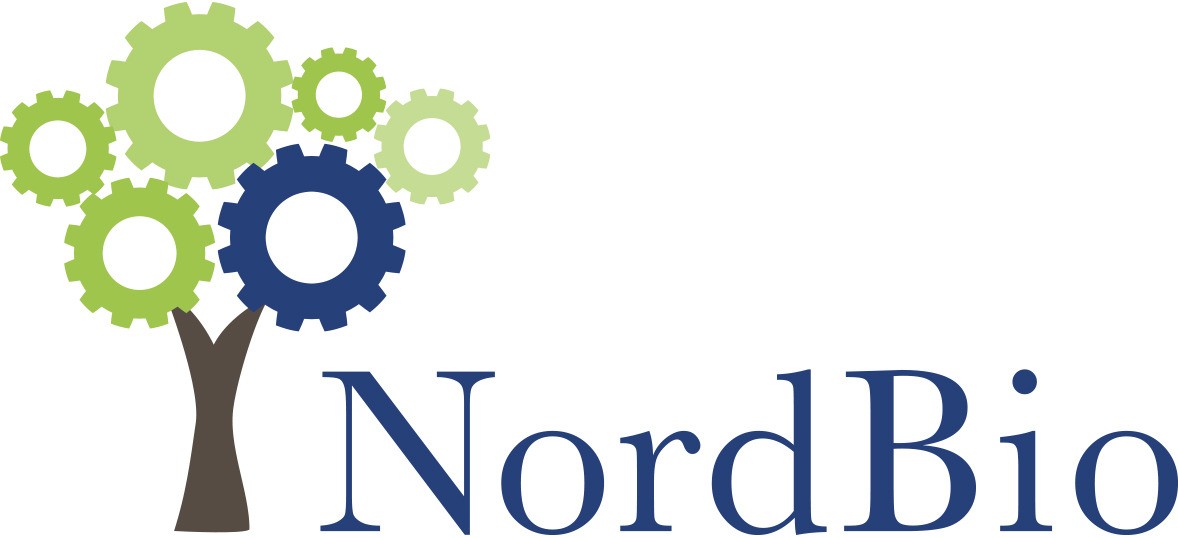
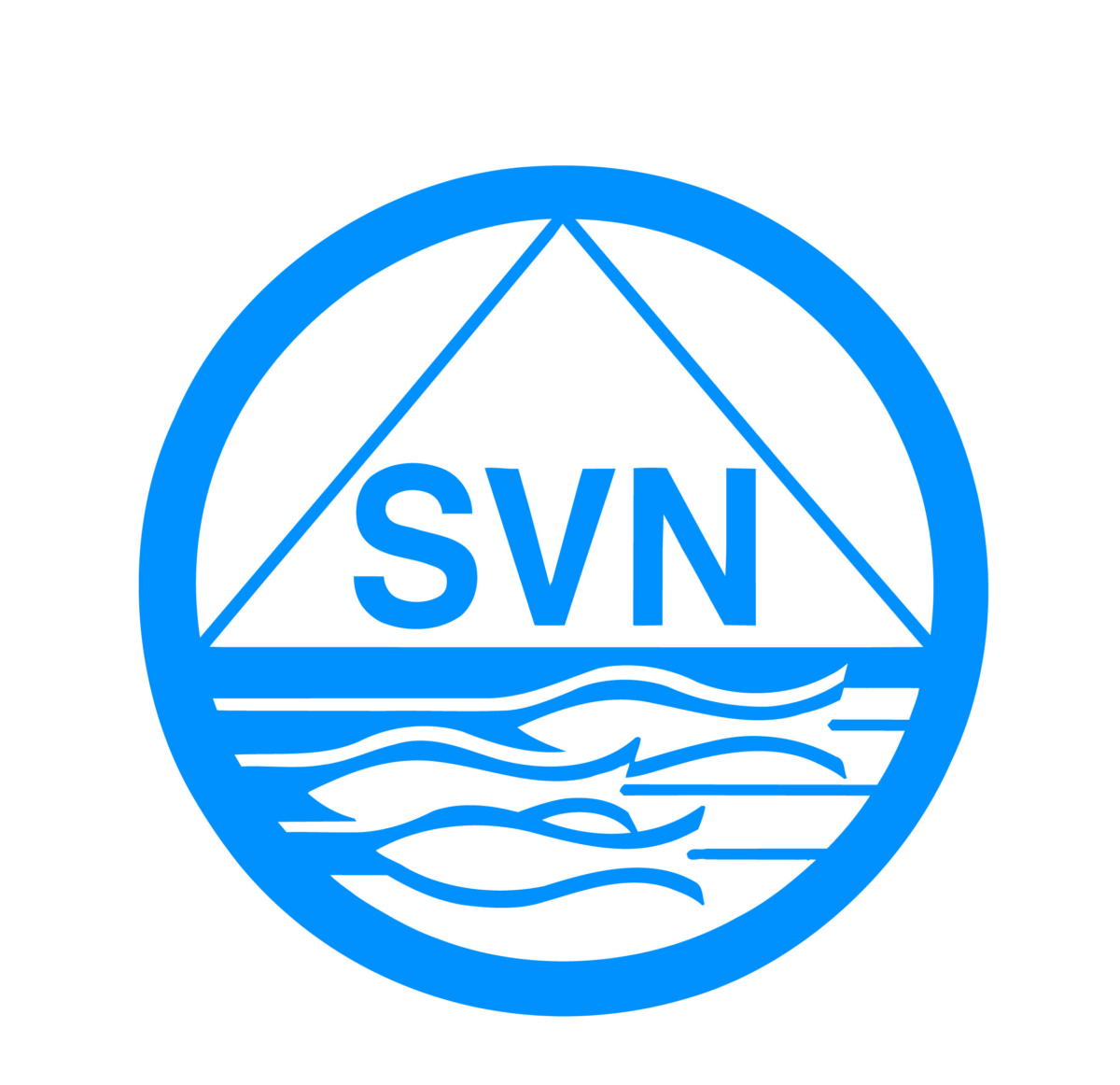
 Illugi Gunnarsson, Hildur Elín Vignir and Gunnþór Ingvason at the presentation of the education scepter 2015.
Illugi Gunnarsson, Hildur Elín Vignir and Gunnþór Ingvason at the presentation of the education scepter 2015.